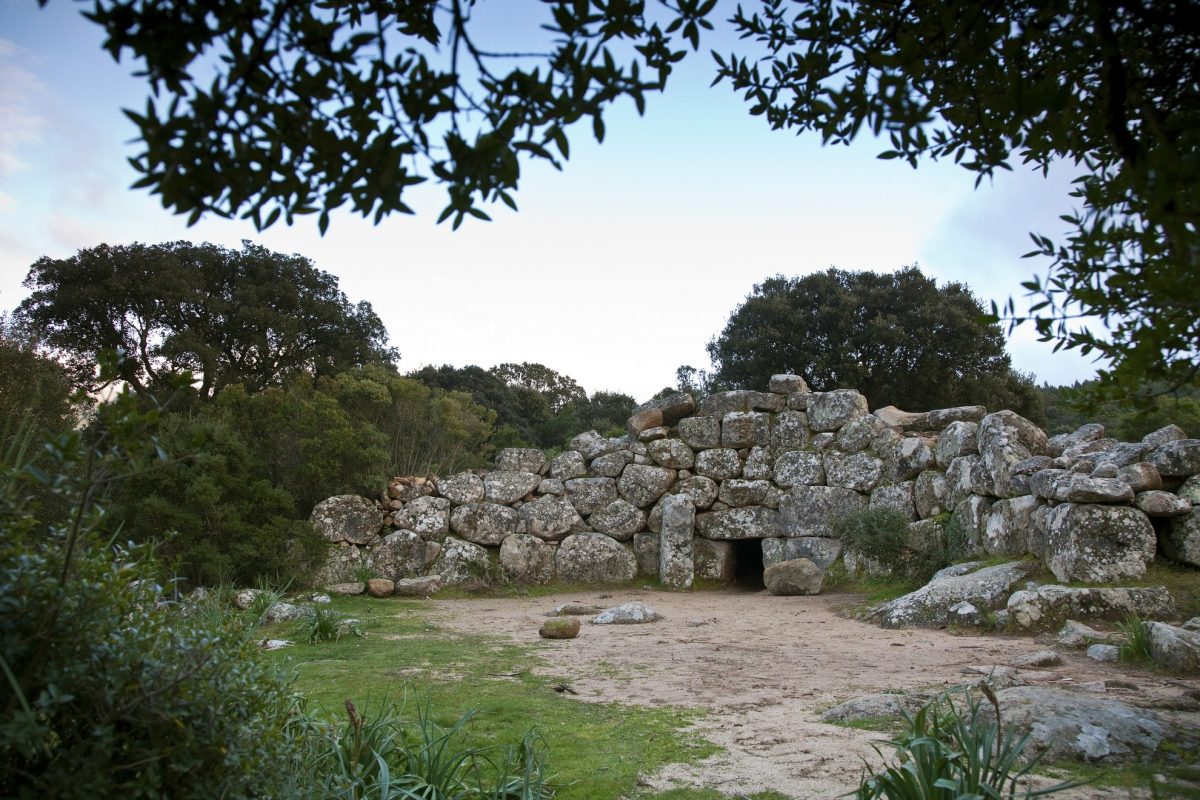The area of South Sardinia is certainly one of the most influenced by foreign populations; the port of Cagliari has always been the most important due to its strategic position. This is why visiting Cagliari and the surrounding areas is like diving into the island’s most remote past. From here, it is easy to discover the various phases of the evolution of the Sardinian culture, from the Nuragic period, through the Neolithic and Eneolithic periods, to the first colorizations by the Phoenicians, Punic, Roman, Byzantine, Aragonese and Spanish. An area that should be studied layer by layer, in order to discover its incredible history. If you are wondering what to do in Cagliari, then this article could be an excellent guide to help you discover all the main archaeological highlights that are still perfectly preserved today and tell us ancient stories of Sardinia and beyond.
Cagliari and its archaeological sites
A city to be studied thoroughly in order to be able to discover all it has to tell; indeed, there are numerous finds in the area that have told and will continue to tell a great deal about Cagliari. Underground shelters and tunnels, pottery, vases, tools, hut bottoms and remains of ancient civilisations and cultures are only a fraction of the archaeological heritage of Cagliari and southern Sardinia.
The many sites around the Sardinian capital are absolutely worth a visit, starting with Nora, one of the most important in the whole of Sardinia, where no less than four universities still work today. Then there is Su Nuraxi in Barumini, Monte Sirai in Carbonia, the Tomb of the Giants Is Concias in Quartucciu, the Santa Vittoria complex in Serri, the Armungia nuraghe and the pranu Mutteddu complex, all of which are important testimonies to an ancient civilisation that we would now like to present to you individually.
Su Nuraxi di Barumini, the UNESCO heritage nuragic village
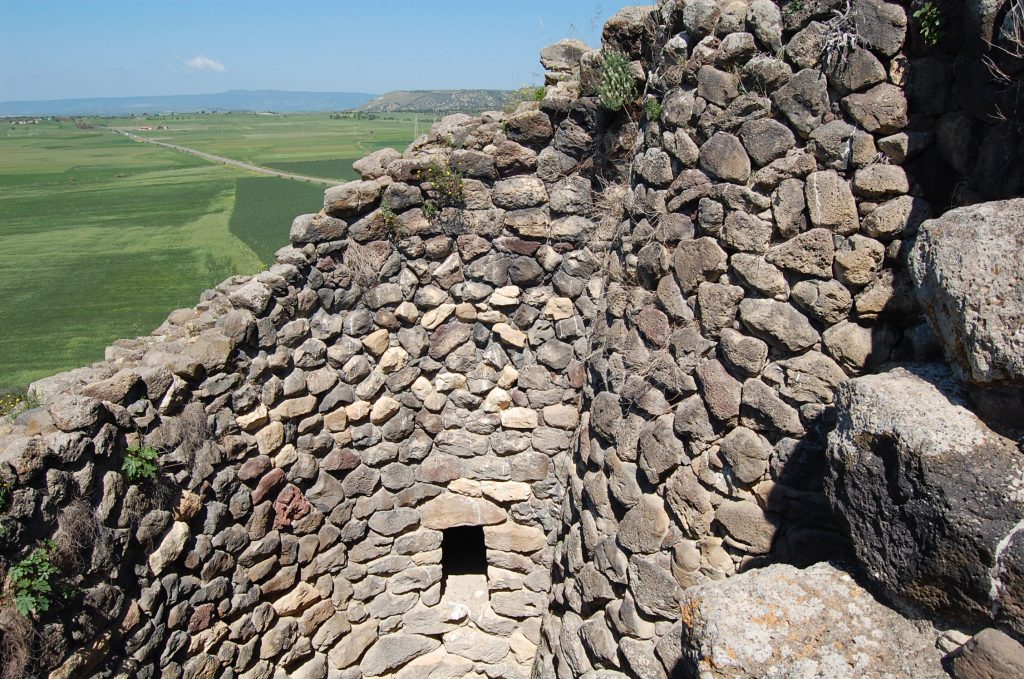
The Nuragic village of Barumini stands on a flat area in the heart of the historical Marmilla region and the way it towers and dominates the plain makes the view truly breathtaking. The site was discovered between the 1940s and 1950s by the archaeologist Giovanni Lilliu and has been a UNESCO World Heritage Site since 1997. There are many stories mixed with legends that try to tell what this area represented for the Nuragic people. Some scholars believe it was a normal Nuragic village, others claim it was a defensive fortress given its position on the plain that allowed sightings even at long distances. Some others believe it was a sacred place or used to hold something of important value to the population as it originally had a double wall in defense of the central towers. It is precisely the central towers that have been best preserved over time and still allow visitors to immerse themselves in a suggestive scenario that should not be missed.
The archaeological site is very large and well organized. It is normally very busy, so we recommend that you enquire in advance about the tickets and entrances available, including guided tours.
Nora, the magic of the Roman city by the sea

Imagine walking on an ancient Roman pavement, being able to observe the architecture up close and at first hand, a temple and ancient baths that are still well preserved, mosaics from the 4th century and an amphitheatre that is still almost completely intact. All this is possible at Nora near Pula, the ancient Roman city overlooking the sea, one of the most important archaeological sites in Sardinia. Its discovery was due to a sea storm that revealed the presence of a Phoenician-Punic cemetery in the area. From there, in 1889, excavations began that brought to light everything we can see today, as well as the famous Stele of Nora, kept in the Archaeological Museum of Cagliari, the oldest document in the entire western world and in which the name ‘Shrdn’, i.e., Sardinia, appears for the first time. Nora was the first Phoenician city on the island. Its location was ideal for trade and allowed sailing in any wind, making it a perfect port.
The visit to the ancient Roman city takes place with a professional guide who will explain the functions and meanings of all the different spaces and will accompany you in the discovery of the civilisation that laid the foundations of today’s Sardinian society, including the necropolis, the aqueduct, the forum and the aforementioned mosaics, the temple, the baths and the amphitheatre, where you can even attend the festival ‘La Notte dei Poeti‘ (The Night of Poets), a suggestive and unique event in an enchanting setting a few dozen kilometres from the centre of Cagliari.
Monte Sirai Archaeological Park in Carbonia
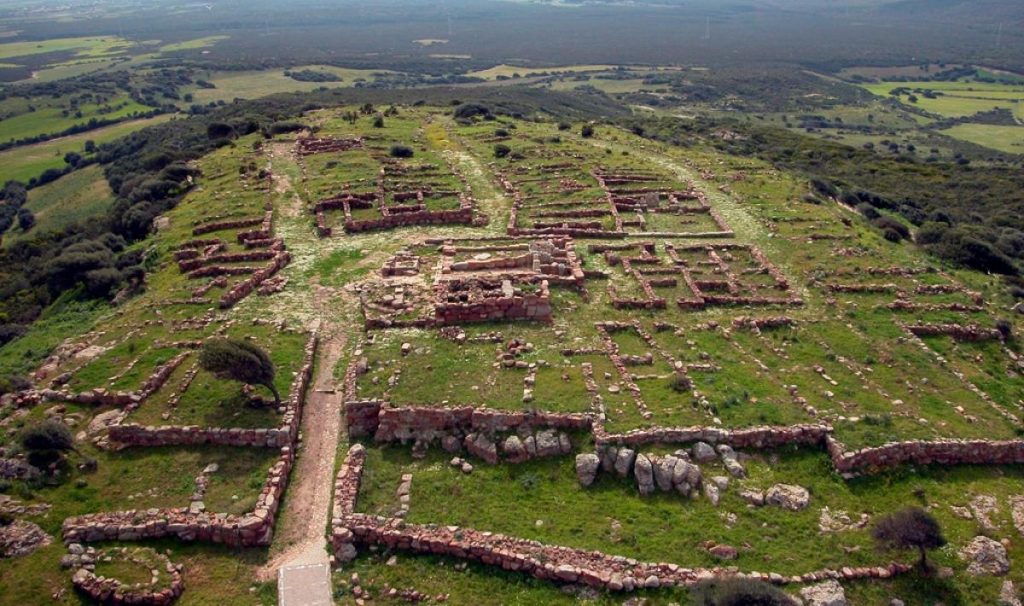
Inside the Archaeological Park of Monte Sirai, one can observe the Nuraghe Sirai and the Phoenician-Punic settlement, unique in its kind because it does not present any restructuring or reconstruction by other civilisations. In fact, it is easy to recognise the style of these two populations that inhabited the area, who probably settled here because of its strategic position, between the sea and the mainland and close to the mineral deposits.
This archaeological site in Carbonia in the south-west of Sardinia is very pleasant to visit, because in addition to its inestimable value, it is located in an evocative area that seduces visitors by offering incredible views of the sea and of the two major islands of Sant’Antioco and San Pietro and of the entire archipelago. In addition, all kinds of services and activities are available in the area, even for the youngest visitors, to make the most of their visit to the park.
Tomb of the Giants Is Concias in Quartucciu
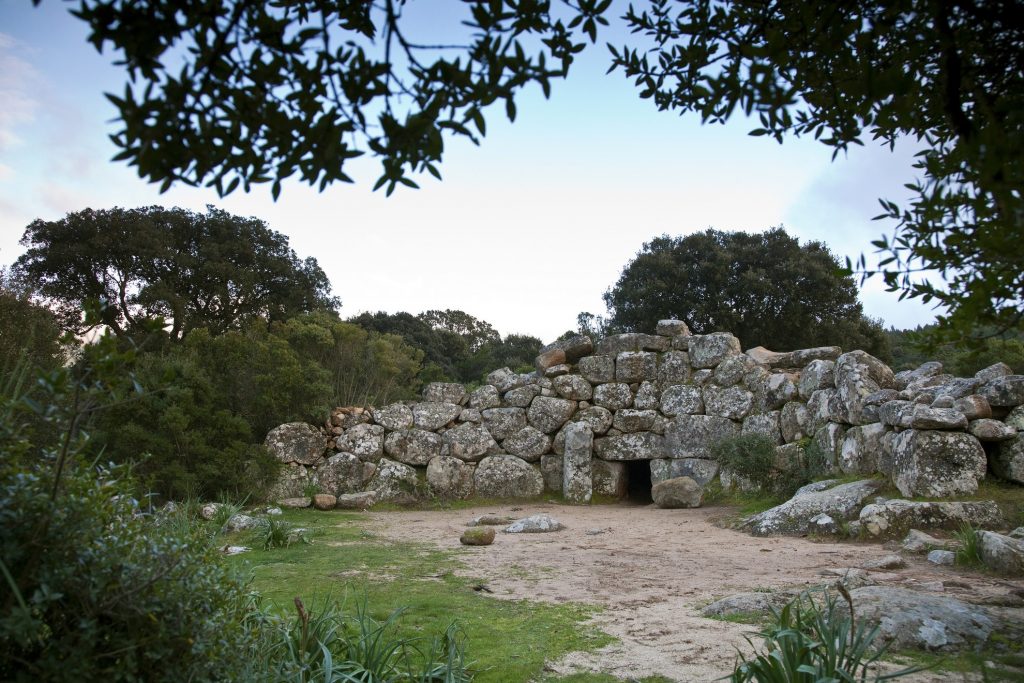
The Tomb of the Giants Is Concias, also called ‘Sa Domu ‘e S’Orku’, is one of the best preserved in Sardinia and is located in the marvellous Mountain Park of the Sette Fratelli (Seven Brothers), where among its 60,000 hectares, in addition to lush flora and a varied and rich fauna, it is possible to find many Nuragic tombs within, all in a good state of preservation.
The Tomb of Is Concias is able to give you a mystical atmosphere, capable of overwhelming you, as if you were almost enveloped and breathe in the same area as our ancestors during the rituals that were performed at the site. In fact, this place has become a perfect destination for fans of spiritual disciplines and lovers of yoga and meditation. The visit is free and the archaeological site is easily accessible.
Nuragic Sanctuary of Santa Vittoria di Serri
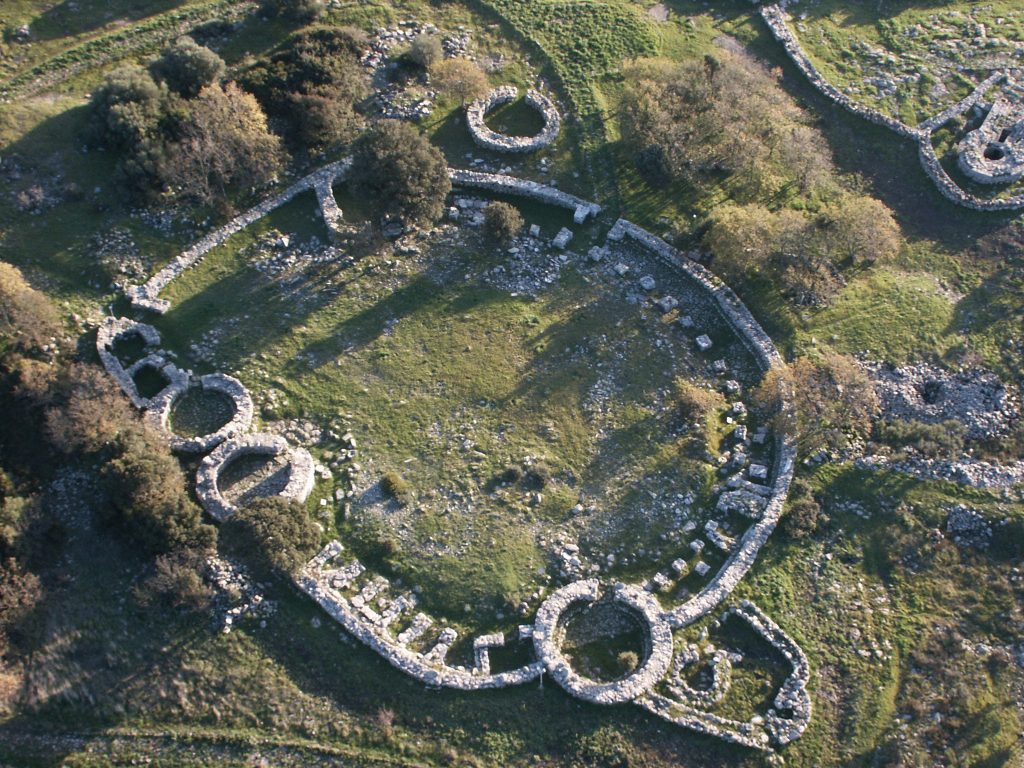
Credits: Consorzio turistico dei laghi. License: CC BY-NC-SA.
The sanctuary stands in an stunning area, the mixed air of sacredness and awe that one breathes is accompanied by the landscape over Sarcidano, Trexenta and Marmilla that offers postcard views. Studies have shown that the area has been inhabited since the beginnings of the Nuragic civilisation, starting around 1500 B.C., and there are a number of theories as to its function, including the theory that the Nuragic Sanctuary of Santa Vittoria di Serri (situated in the north of Mandas) was a place where people traded, even with other civilisations, so that the deities to whom the sanctuary was dedicated were the guarantors of these exchanges.
The sanctuary’s sacredness is also due to a small church built right next to the archaeological site, a simple structure dedicated to Santa Vittoria and Santa Maria della Vittoria, which is celebrated every year on 11 September with masses, pilgrimages, singing and dancing. In addition, the site has also become one of the stops at the World Wellness Weekend, an event promoting a healthy and active lifestyle through very interesting and fun activities.
The Nuraghe of Armungia
A nuraghe that stands out among the roofs of the village in the middle of the town. The Nuraghe is unique and peculiar precisely because of this characteristic: it is very rare to find them inside inhabited centres, and even rarer to find them in the state of conservation of the Nuraghe of Armungia, which makes the village, already traditional and typical in itself, even more interesting to visit.
Most probably it was a structure used strategically to control the territory, in fact from the top of the structure a panorama opens up to the Gennargentu, allowing a good view of the area. The Nuraghe was also very important for some findings inside, one of the most important being a bronze buckle from the 8th-9th century. On the left of the Nuraghe there is a staircase of 17 steps leading to the terrace and on the sides of the structure one can see the remains of a wall probably used as a reinforcement in times subsequent to the initial construction.
Access to the Nuraghe is through the Ethnographic Museum, which marks the starting point for a cultural itinerary around the village that is striking, as mentioned earlier, for its heritage. As a matter of fact, you will be enraptured by the village-museum, its evocative climate and its surroundings, including caves and paths perfect for hiking in unspoilt nature.
The Pranu Mutteddu megalithic complex
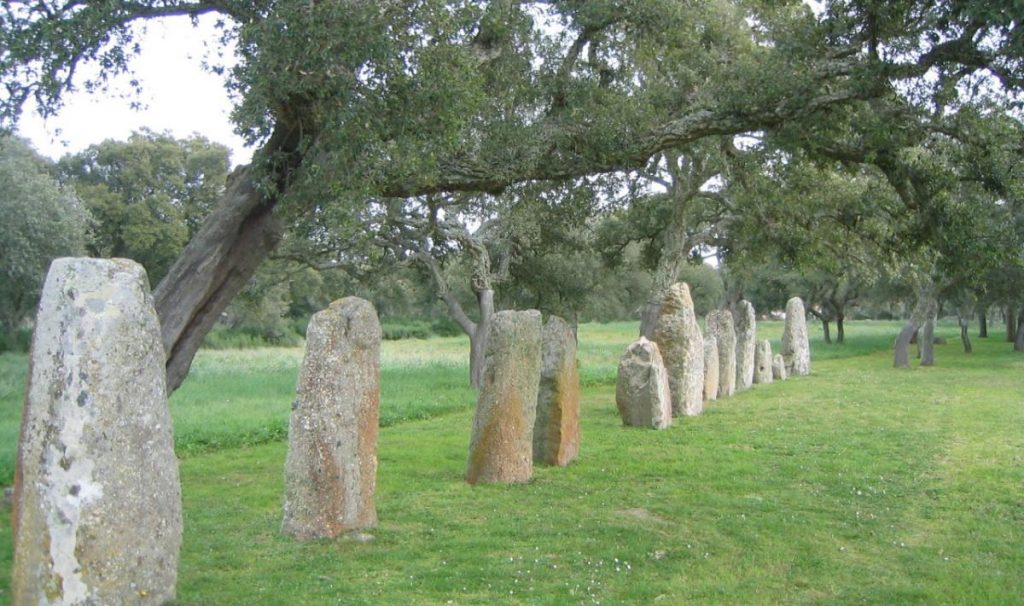
Amidst the Mediterranean scrub of the Gerrei, in a park of no less than 200,000 square metres, lies the Pranu Mutteddu Complex, one of the most important on the island for its high concentration of Menhirs in the same site. The Complex is studded with huts, small tombs, necropolis, dolmens and, above all, many Menhirs arranged in a peculiar way, in pairs, aligned with each other, inside tombs or inside round structures that are probably also sacred.
It is thought to have been a place where all burial rites were performed and has even been called the ‘Sardinian Stonehenge’ – even though it dates back to even earlier times than Stonehenge – precisely because of this concentration of tombs in the same area.
Various objects and utensils have been found here, such as jars, small daggers, stone hatchets, obsidian arrowheads and other everyday objects that were probably given to the deceased during rituals, which have allowed the complex to be dated between 3200 and 2800 B.C. with further constructions dated around 2600 B.C.
Logistical tips for visiting archaeological sites in South Sardinia
In this comprehensive guide to the best archaeological sites to visit in the south of Sardinia, we have also prepared for you all the useful indications for setting out to discover the most ancient Sardinia.
After all these walks among the most ancient structures and artefacts in the south of the island, you will certainly need to rest and recover your energy. Our advice is to stay near Cagliari, so that you can move around more easily on a day-to-day basis and perhaps enjoy some free time in the city and its beautiful Poetto beach.
In Cagliari you will be able to choose what suits you among the many different accommodations we offer in our catalogue. Strolling through the streets of the historic centre you will notice that there are many Bed and Breakfasts, near the port or in the historic district of Castello (the most charming! ), staying close to the centre or moving towards the Poetto beach you can choose one of the best hotels with a sea view, while if you are looking for more tranquillity and want to get away from city life you could choose a farmhouse in the countryside close to the city but far enough away to enjoy relaxation without missing any services, or a beautiful villa with a swimming pool to relax in total independence and tranquillity.
If you don’t have a car, don’t worry!
As far as internal travel is concerned, public transport in the hinterland is efficient and will allow you to easily reach all destinations. For travel outside the metropolitan city you can use the bus companies or taxis, but our advice is to rent a car, a service that can be easily found both at the airport and at all strategic points of the city, so that you can also reach all the fantastic archaeological sites that are located in the countryside and cannot be reached otherwise.
 it
it de
de nl
nl en
en fr
fr
